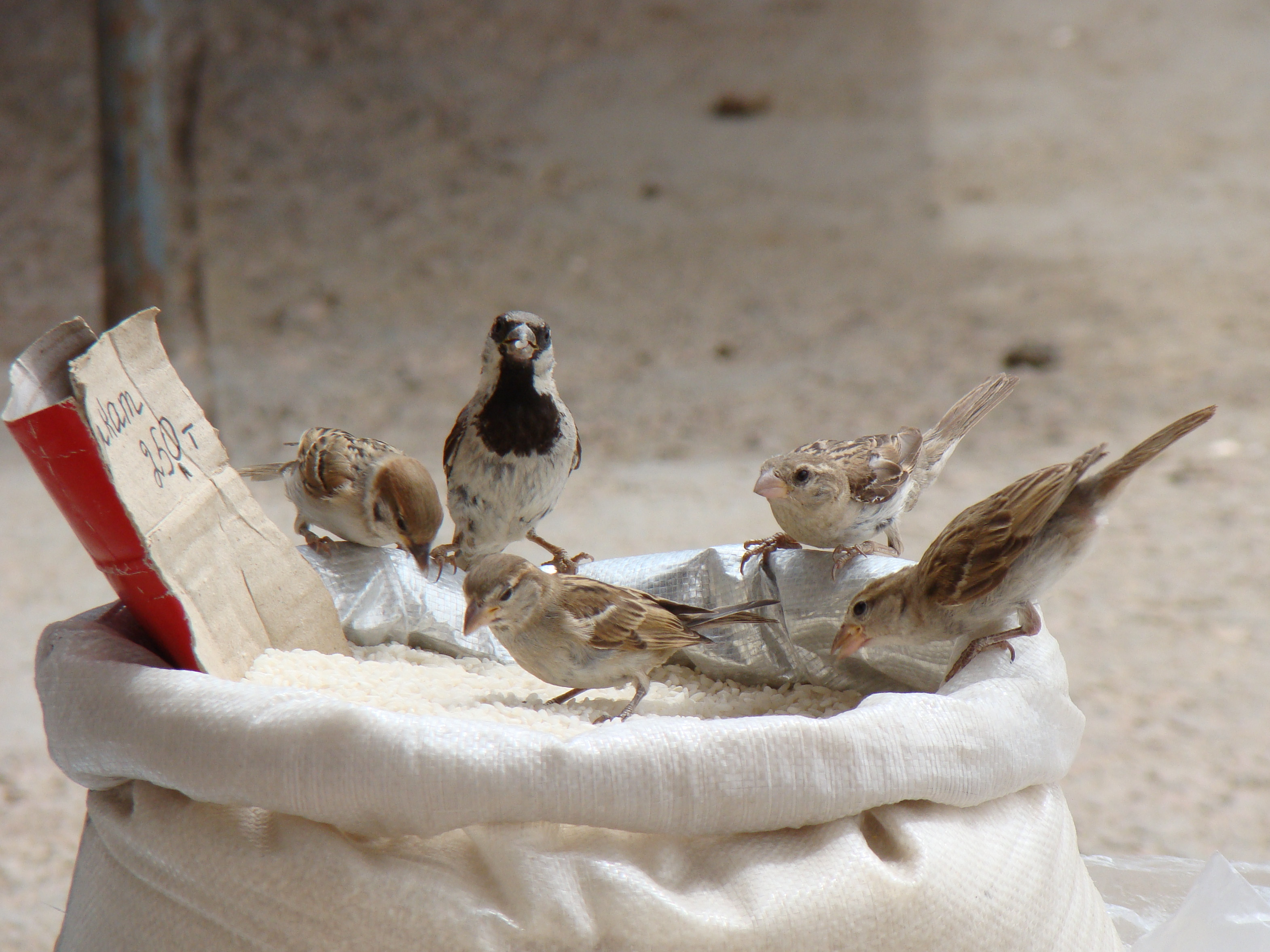|
Passer (other)
''Passer'' is a genus of sparrows, also known as the true sparrows. The genus contains 28 species and includes the house sparrow and the Eurasian tree sparrow, two of the most common birds in the world. They are small birds with thick bills for eating seeds, and are mostly coloured grey or brown. Native to the Old World, some species have been introduced throughout the world. Taxonomy The genus ''Passer'' was introduced by the French zoologist Mathurin Jacques Brisson in 1760. The type species was subsequently designated as the house sparrow (''Passer domesticus''). The name ''Passer'' is the Latin word for "sparrow." Species The genus contains 28 species: Besides these living species, there are questionable fossils from as long ago as the Early Miocene, and ''Passer predomesticus'', from the Middle Pleistocene. Description These sparrows are plump little brown or greyish birds, often with black, yellow or white markings. Typically long, they range in size fro ... [...More Info...] [...Related Items...] OR: [Wikipedia] [Google] [Baidu] |
Cape Sparrow
The Cape sparrow (''Passer melanurus''), or mossie, is a bird of the sparrow family Passeridae found in southern Africa. A medium-sized sparrow at , it has distinctive plumage, including large pale head stripes in both sexes. Its plumage is mostly grey, brown, and chestnut, and the male has some bold black and white markings on its head and neck. The species inhabits semi-arid savannah, cultivated areas, and towns, and ranges from the central coast of Angola to eastern South Africa and Eswatini. Three subspecies are distinguished in different parts of its range. Cape sparrows primarily eat seeds, and also eat soft plant parts and insects. They typically breed in colonies, and when not breeding they gather in large nomadic flocks to move around in search of food. The nest can be constructed in a tree, a bush, a cavity, or a disused nest of another species. A typical clutch contains three or four eggs, and both parents are involved in breeding, from nest building to feeding youn ... [...More Info...] [...Related Items...] OR: [Wikipedia] [Google] [Baidu] |

